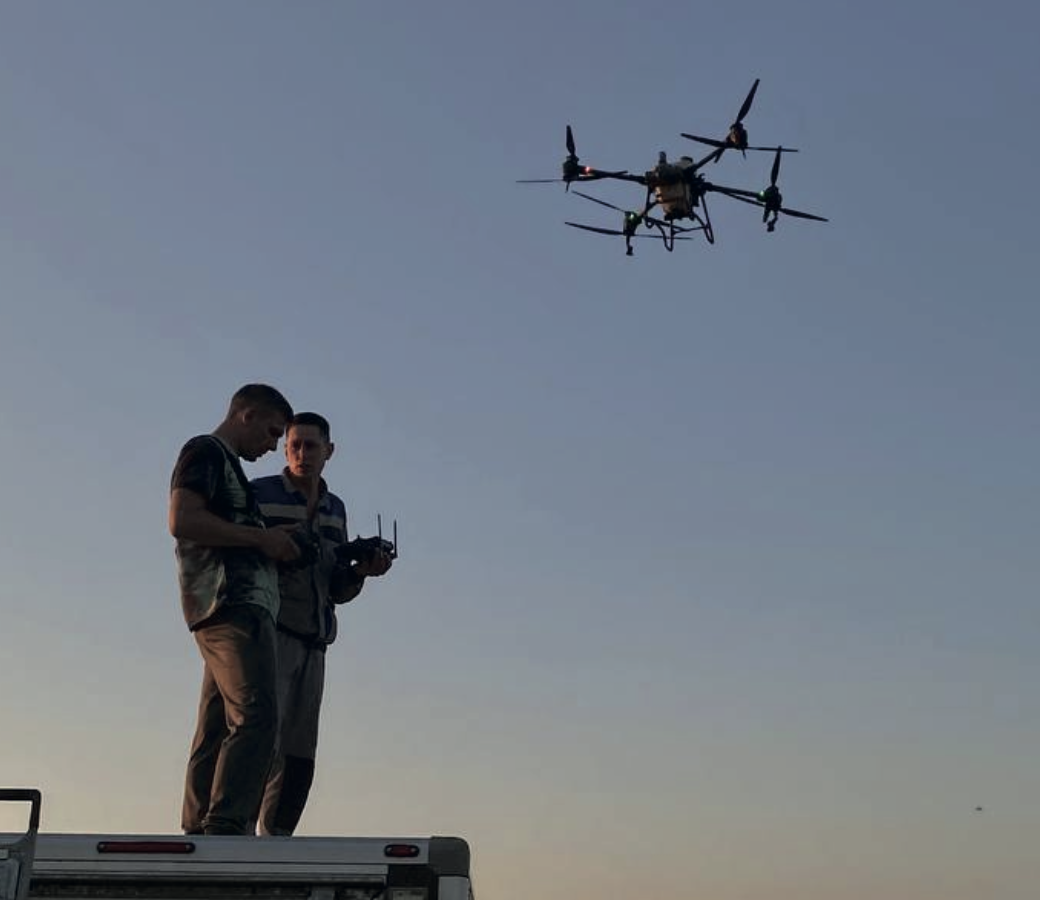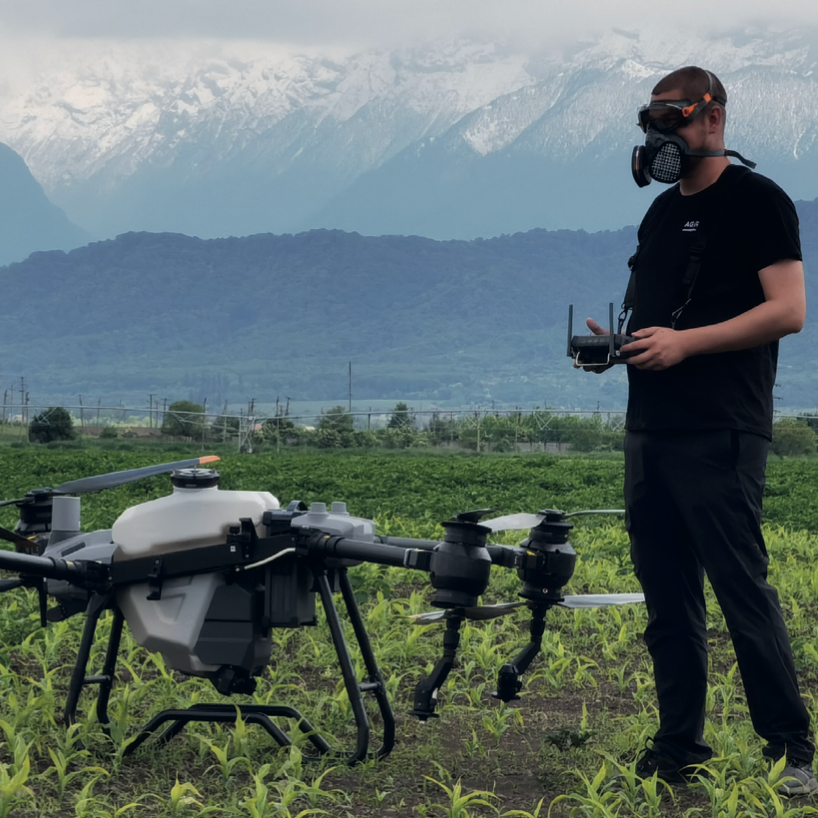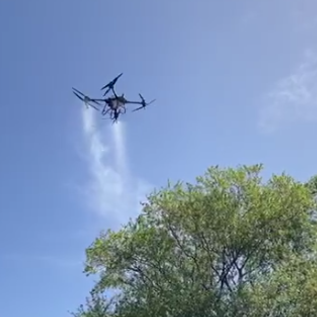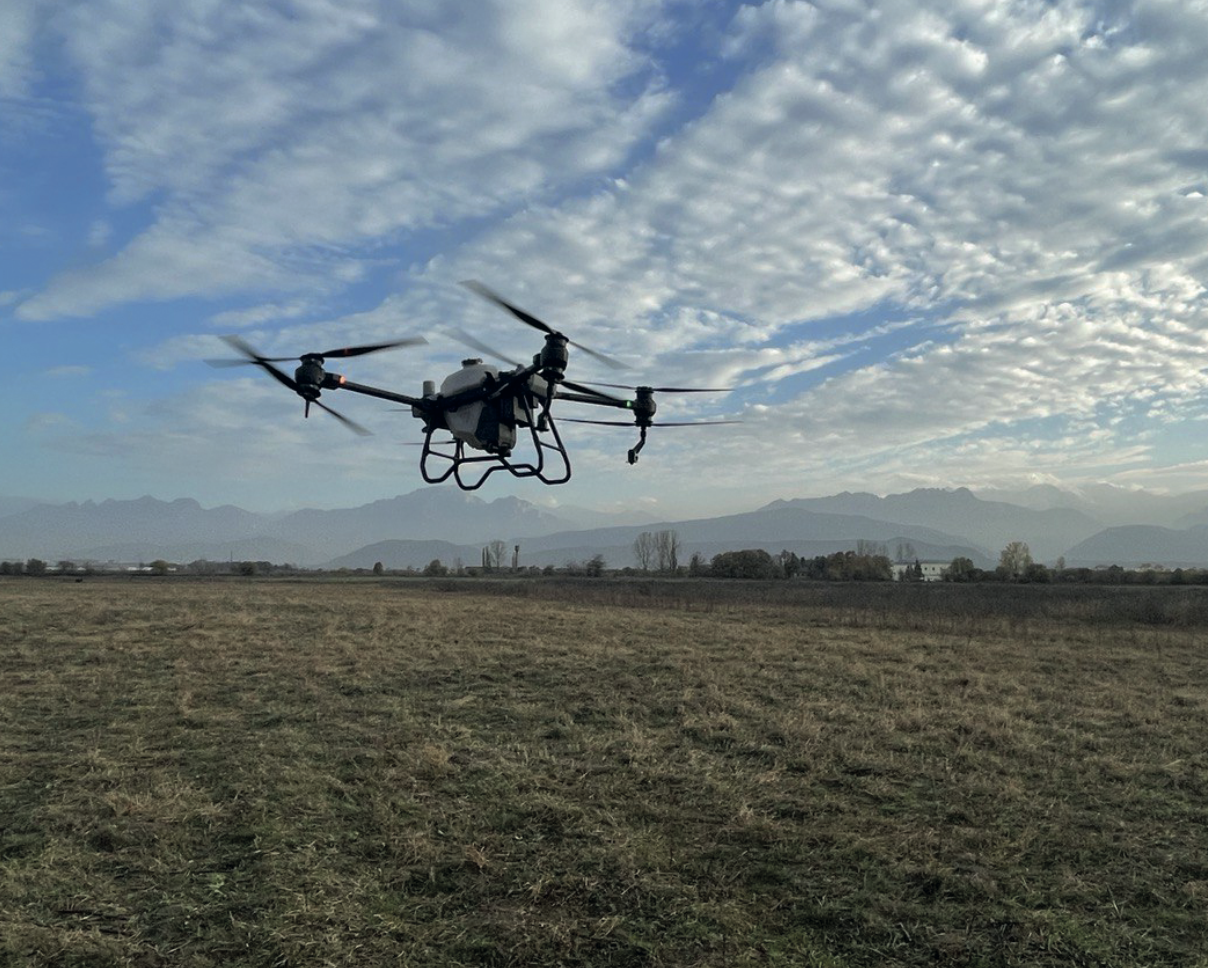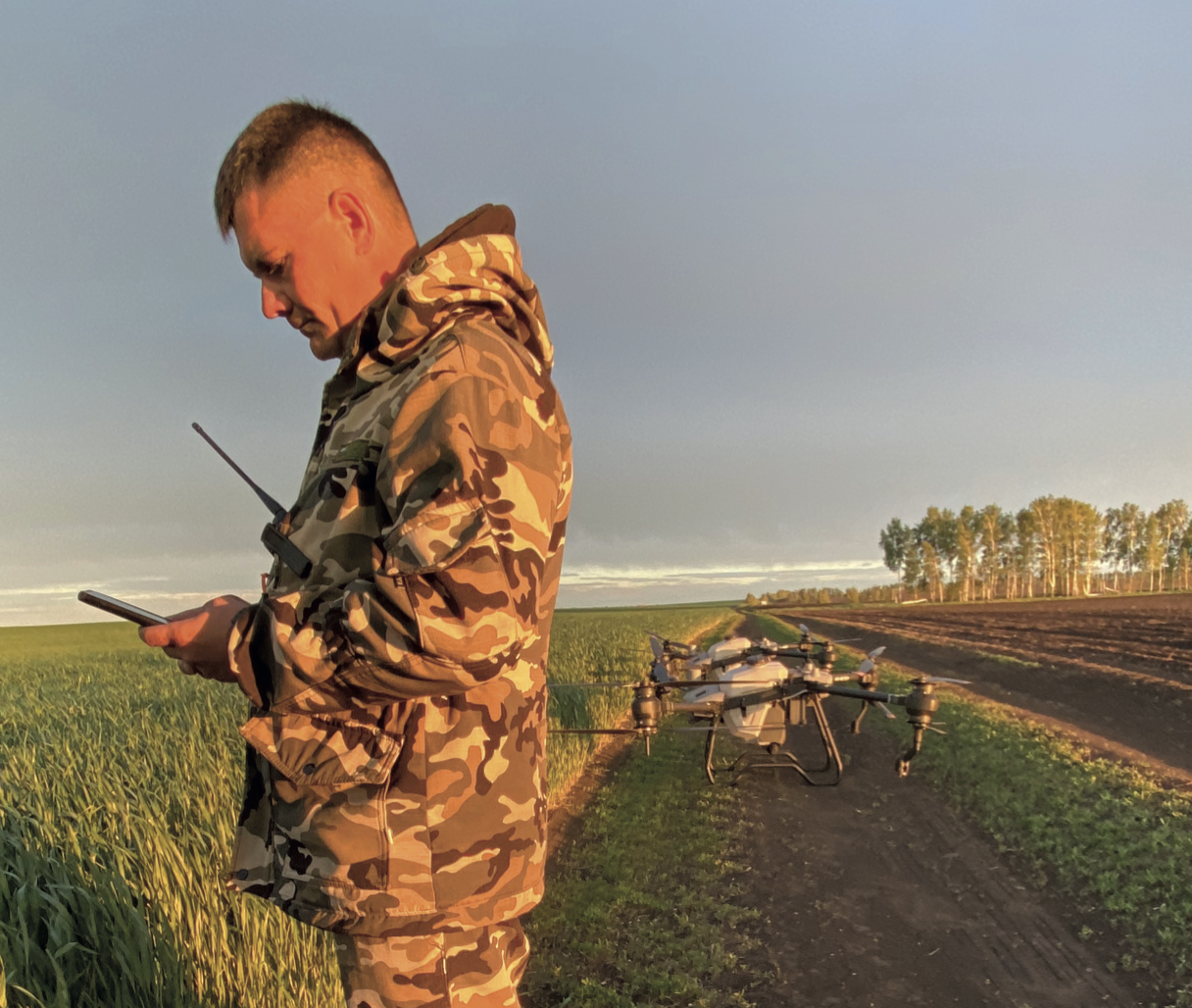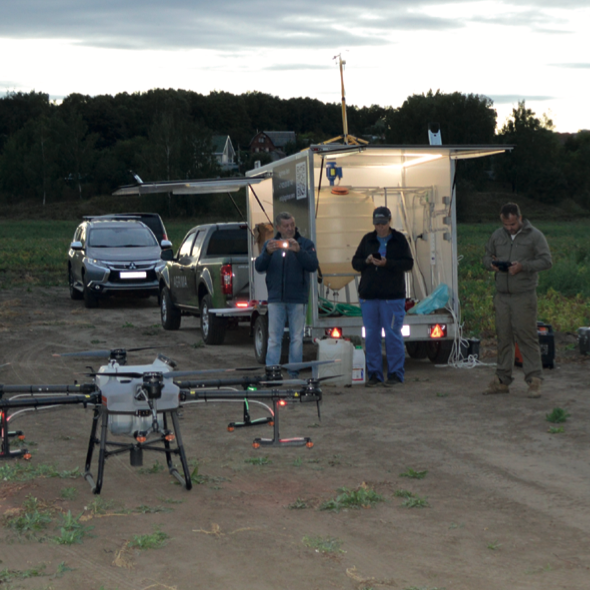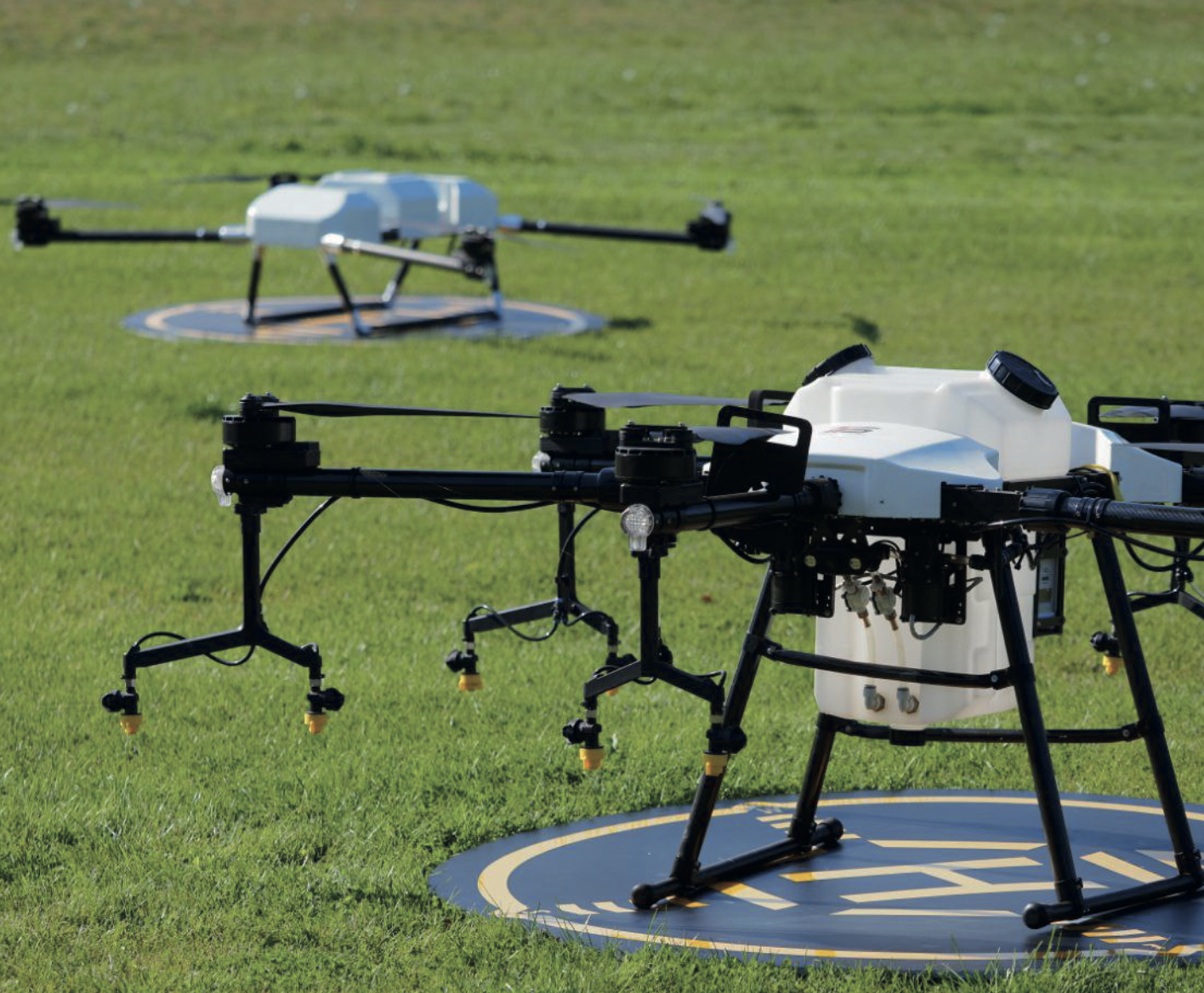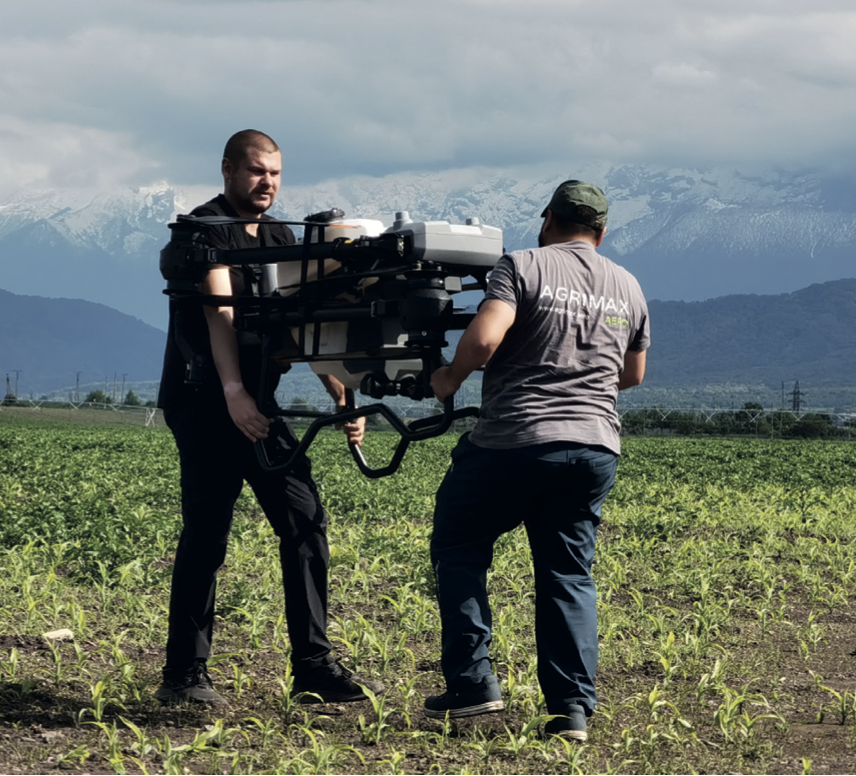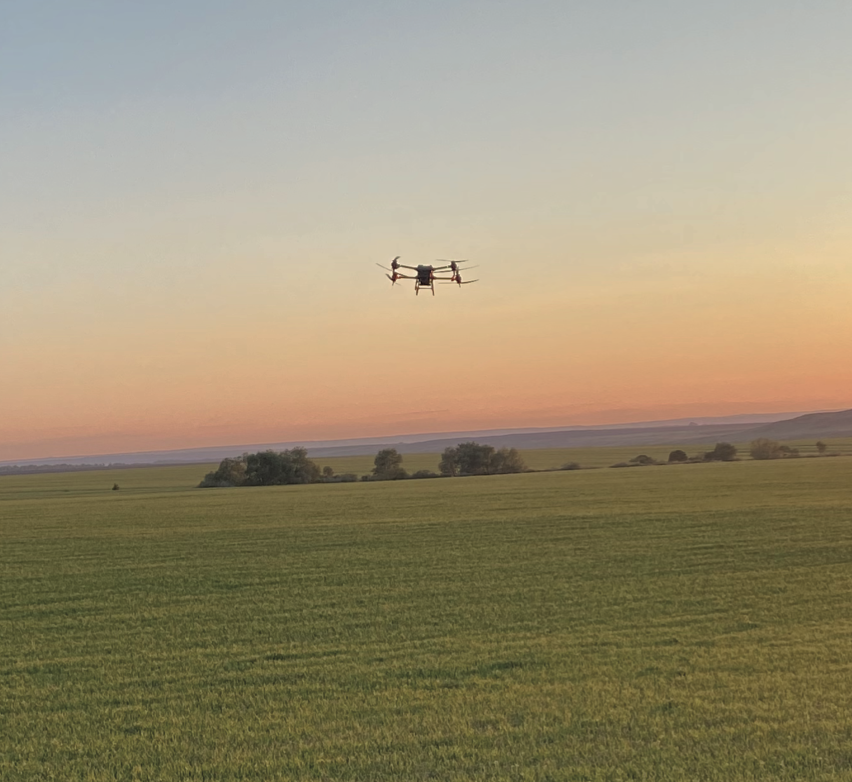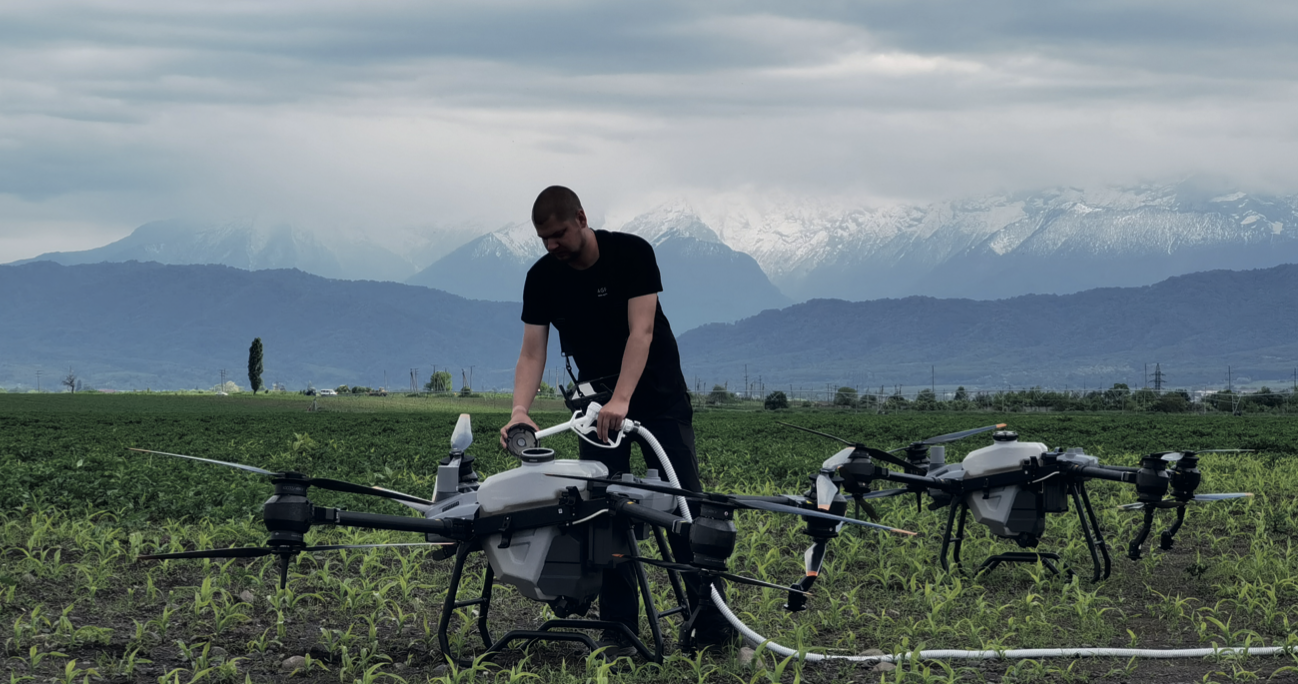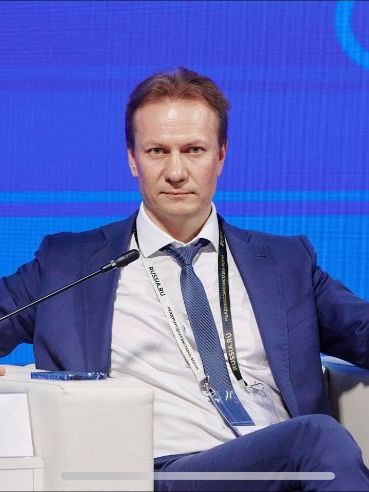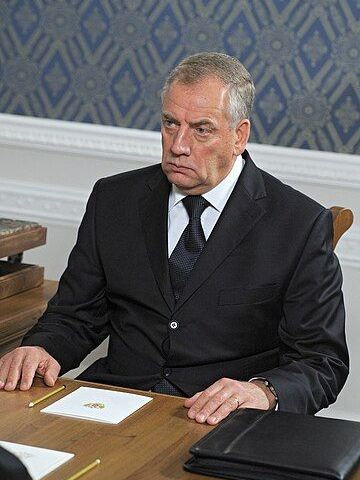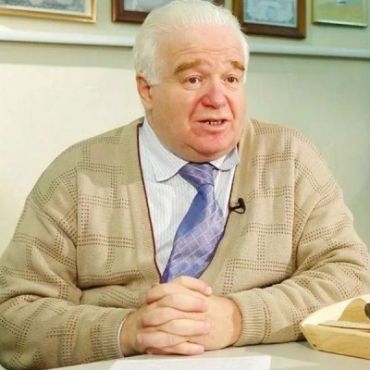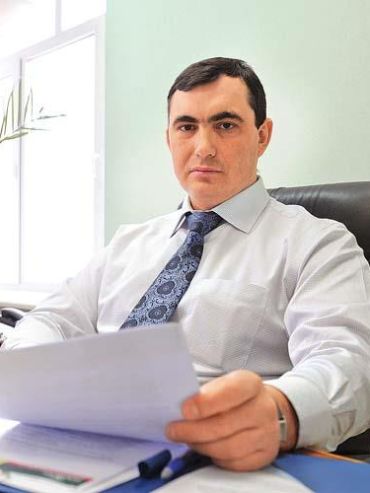Dear Reader,
You are holding the first edition of the Review of the Use of Unmanned Aircraft Systems in Russia’s Agricultural Sector. Let us briefly explain the purpose of this review and why we dedicated our time to its creation.
The 2024 agricultural season, much like the previous 2023 season, has demonstrated a significant surge in the use of drones in Russian agriculture. Over the next 3–5 years, the number of players in the unmanned aircraft systems (UAS) sector for agricultural applications is expected to increase tenfold. This means that many new participants have already entered the industry in the past year, and even more will join in the near future—both young graduates and professionals transitioning from other fields. Additionally, there are related professions, as well as government officials who, while not directly using UAS themselves, must have a proper understanding of their features, advantages, and limitations due to their professional responsibilities.
At present, this sector lacks comprehensive training manuals, established standards for specialized agricultural UAS, and a standardized terminology framework. Given the relatively small number of experienced professionals compared to newcomers, the natural knowledge transfer process—learning from more seasoned colleagues—is not always effective. Not everyone will have the fortune of working alongside an experienced mentor during their initial immersion into the field. Recognizing this challenge, we sought ways to mitigate its negative impact. To address this, we developed educational programs, recorded video lessons, organized training schools for agrodrones, and actively answered newcomers’ questions in industry-specific forums. These are important and necessary steps, but they are not enough. Another essential element in addressing the knowledge gap is a freely accessible, written source of information.
At this stage of rapid technological and methodological advancements, creating a formal textbook would be premature. Moreover, the most experienced professionals are far from retiring and writing textbooks, while academic faculty still have limited and indirect practical experience. As a result, the most suitable written format for consolidating and sharing knowledge within the industry at this point is an updatable review of UAS applications in the agricultural sector. The first edition of this Review is now in your hands.
This is a non-commercial project in which industry experts systematically present fundamental knowledge about UAS applications, using unified terminology as much as possible. However, this Review is not meant to reveal every detail of the profession—those seeking in-depth expertise should consider advanced in-person training programs that include several weeks of practical sessions with experienced instructors. Likewise, the Review does not offer direct business recommendations or strategies for agricultural producers or UAS operators—such inquiries are best addressed to industry experts through consultations or advisory boards.
Our goal with this Review is to initiate a structured analytical approach to UAS applications in agriculture, contribute to standardizing industry terminology, and facilitate knowledge exchange among experienced professionals. At the very least, this publication will help readers understand who is currently active in the industry, who has expertise, and whom they can turn to for guidance. Over time, as this Review is updated and expanded, it may serve as a foundation for the development of industry standards and a unified terminology framework.
Editor-in-Chief of Review of Unmanned Aircraft Systems in Russia's Agricultural Sector
M.S. Chizhov
Contents
CHARACTERISTICS OF UNMANNED AIRCRAFT SYSTEMS USED IN AGRICULTURE
1.1. Agrodrones
1.2. Drones for Surveillance and Data Collection in Agriculture
APPLICATIONS OF UNMANNED AIRCRAFT SYSTEMS IN AGRICULTURE
2.1. Observation, Monitoring, and Inspection
• 2.1.1. Digital Mapping of Farmland Boundaries and Windbreaks
• 2.1.2. 3D Mapping, Slopes, and Drainage Analysis
• 2.1.3. Automated Crop Condition Assessment
• 2.1.4. Harvest Inspection
• 2.1.5. UAV-Based Agricultural Surveillance
2.2. Performing Core Agricultural Operations Using UAS
• 2.2.1. Spraying, Desiccation, and Fertilization
• 2.2.2. Fertilizer Application
• 2.2.3. Aerial Seeding
• 2.2.5. Harvesting
UNMANNED AIRCRAFT SYSTEMS IN RUSSIA’S AGRICULTURAL SECTOR
5.1. Advantages of Agrodrones for the Russian Market
5.2. Constraints on the Use of Agrodrones in Russia
5.3. Key Players in the UAS Industry in Russia’s Agricultural Sector
CURRENT REGULATORY FRAMEWORK IN RUSSIA: BARRIERS IN THE UAS INDUSTRY AND SPECIFIC CHALLENGES FOR AGRICULTURAL APPLICATIONS
6.1. Aviation Barriers
6.2. Agricultural Barriers
6.3. Barriers Related to Spatial Data Usage
KEY STRATEGIC DIRECTIONS FOR BREAKTHROUGH DEVELOPMENT OF UNMANNED AIRCRAFT SYSTEMS IN RUSSIA
7.1. Proposals for Measures to Stimulate Demand for UAS and UAS-Based Services
7.2. Proposals for UAS Regulation Considering Agricultural Applications, Control, Monitoring, and Safe Operations
7.3. Proposals for Workforce Development and Mass Training Programs
AUTHORS
The authors express their gratitude to the following colleagues for the information provided and their assistance in the preparation of this book manuscript:
Andrey Vladimirovich Bronnikov, Director of the Volga State Zonal Machine Testing Station (FSBI);
Alexander Davydovich Budnitsky, Deputy General Director for Technical Affairs at BAS Consortium LLC, Head of the “Unmanned Aerial Systems” division at TUSUR University, and NTI expert;
Pavel Ivanovich Burak, Deputy Director of the Department of Crop Production, Mechanization, Chemicalization, and Plant Protection of the Ministry of Agriculture of the Russian Federation, Doctor of Technical Sciences;
Konstantin Sergeevich Vorobyov, Deputy Head of Department at the Department of Crop Production, Mechanization, Chemicalization, and Plant Protection of the Ministry of Agriculture of the Russian Federation;
Ilya Vladimirovich Voronkov, General Director of Geomir Group;
Sofya Vladislavovna Zhelezova, Leading Researcher at the All-Russian Research Institute of Phytopathology (VNIIF), Doctor of Agricultural Sciences;
Elizaveta Dmitrievna Karbusheva, Specialist of the Analytical Department at GeosAero LLC;
Darya Ildarovna Manapova, Head of the Analytical Department at GeosAero LLC;
Vitaly Alexandrovich Nesterenko, General Director of Linterra LLC, Candidate of Agricultural Sciences;
Vasily Nikolaevich Ptitsyn, Founder and Chairman of the Union of Unmanned Agricultural Aviation (SUDAA), Founder of Flyseeagro;
Alisa Alexeevna Sazanova, General Director of Aeromax LLC;
Sergey Alexandrovich Tsvetkov, Deputy Head of the Department of Forestry and Agriculture at Aeromax LLC, Candidate for a Ph.D. in Agricultural Sciences.
Special thanks to editor Sofiia Chizhova and Leonid Gominyuk for the photographic materials used in the design of this publication.
PREFACE
to the first edition of Review of Unmanned Aircraft Systems in Russia’s Agricultural Sector
Today, Russia’s agro-industrial complex is facing numerous new challenges – from climatic to technological. These require agricultural producers to adopt innovative solutions and advanced farming methods. Among these, unmanned aircraft systems (UAS) have become an important tool capable of transforming approaches to managing agribusiness.
This review is dedicated to the application of UAS in Russia’s agricultural sector. The authors provide a comprehensive overview of this field, including the areas of UAS use, the potential of the agricultural drone market, its key players, and the most popular models, as well as addressing regulatory issues and the prospects of such technologies.
The book contains examples of successful agricultural UAV applications in various regions of the country and recommendations for their integration into the production process. I am confident that the cases presented will interest both large businesses and farmers, inspiring them to widely use drones to enhance productivity and sustainability in agriculture.
I hope this publication will serve as a useful tool for entrepreneurs, agronomists, scientists, and all interested market participants.
Minister of Agriculture of the Russian Federation
Oksana Lut
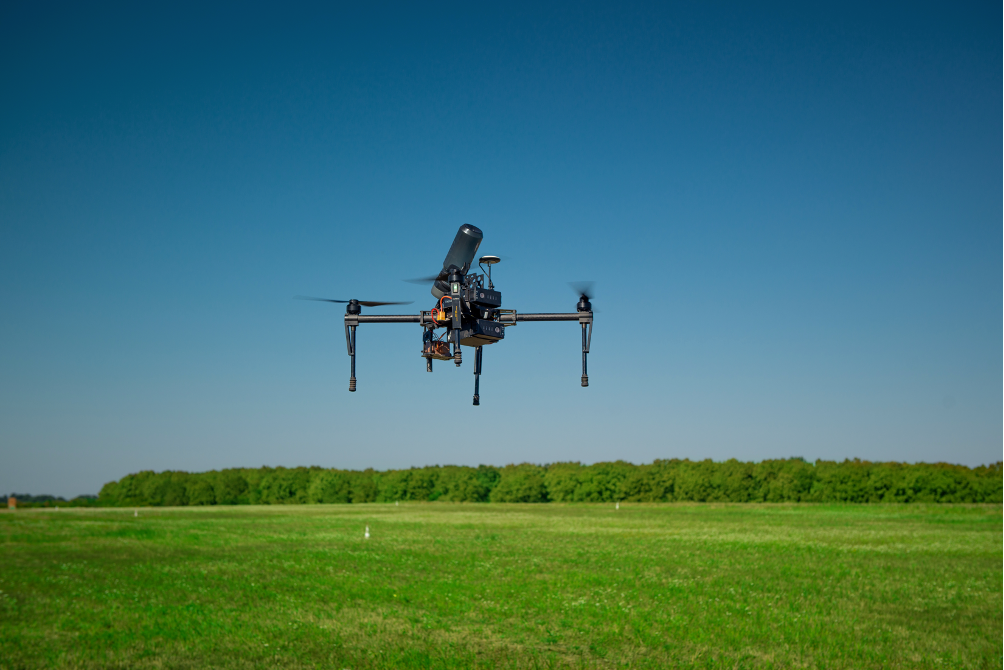
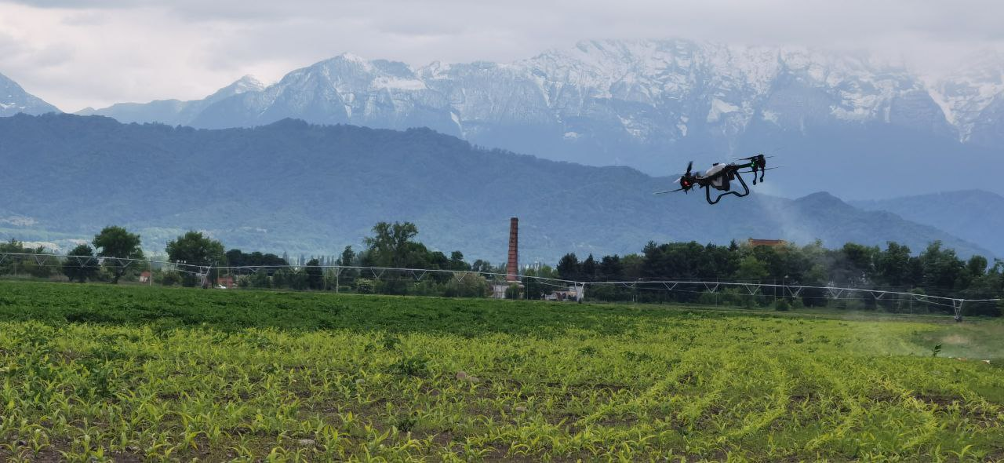
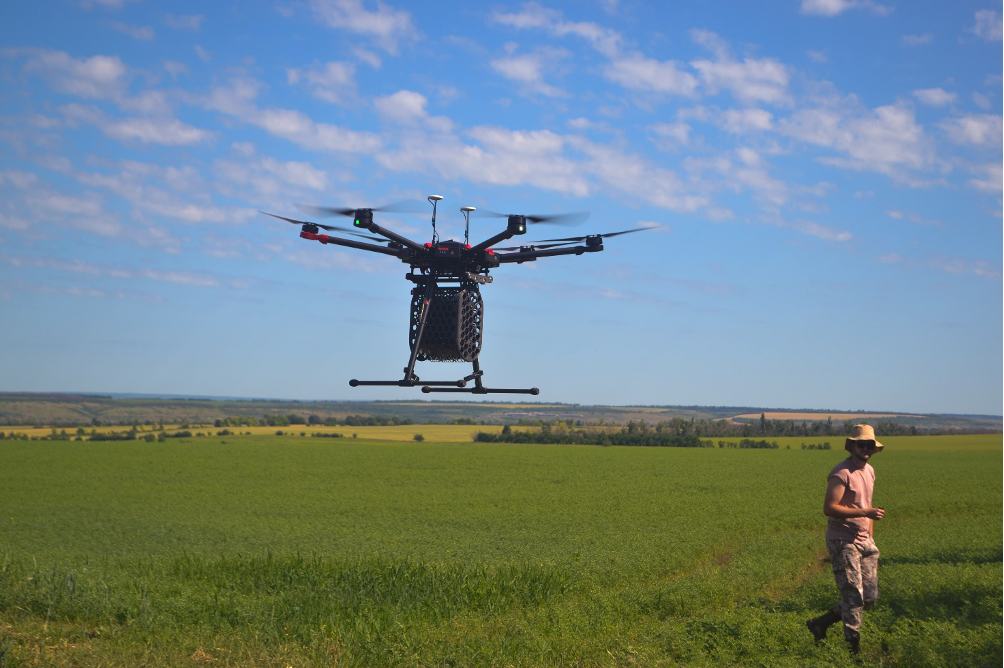
The review of the application of unmanned aircraft systems in agriculture is a compilation of information on the current methods and techniques for practical use, as well as the achieved and expected effects of using drones in crop production and animal husbandry. The review includes descriptions of both Russian and international experience in the UAS sector, information on industry participants, as well as forecasts and assessments of the prospects for the implementation of unmanned aircraft systems in Russia’s agriculture. The information presented in the review can be used in the educational process for teachers and students of agricultural specialties. It can serve as methodological guidance for agricultural producers, as well as new industry participants who are planning to start offering UAS-related services in this segment. The summarized and structured information in the review, which includes descriptions of existing barriers to the application of UAS, will be useful for leaders and specialists of federal and regional executive authorities both in the agro-industrial complex and in charge of innovation development in general. It will also benefit those performing supervisory functions in the UAS sector, as well as managers and specialists in other related fields.
© 2025 All rights reserved.
